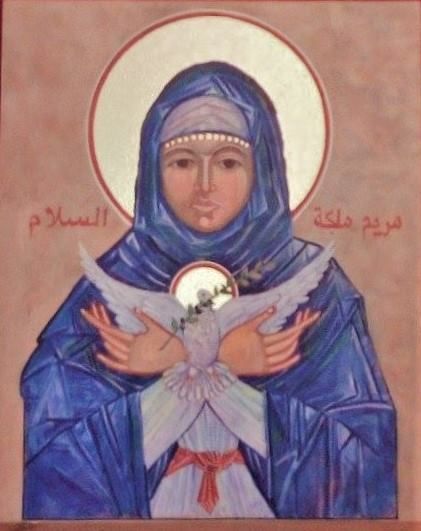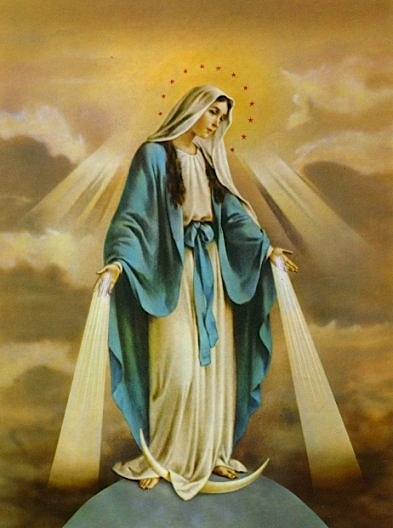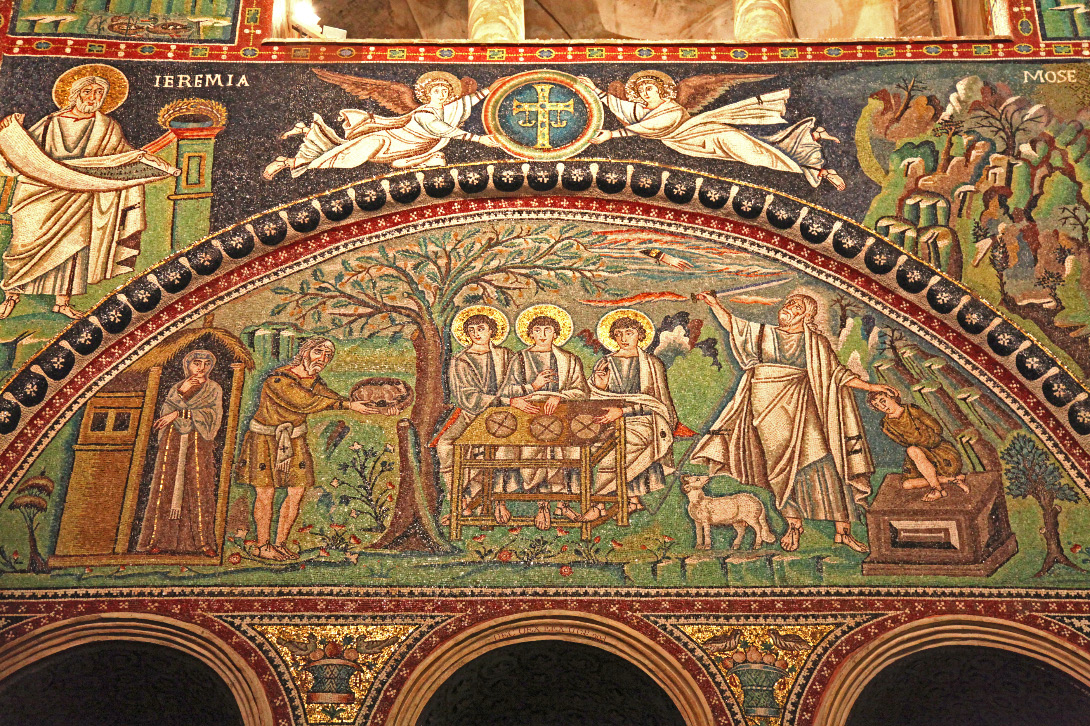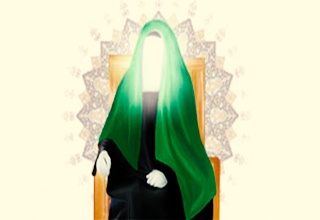#HappyEaster  https://abs.twimg.com/hashflags... draggable="false" alt="">
https://abs.twimg.com/hashflags... draggable="false" alt="">
Did you know the earliest Arab Christians worshipped Mary as ‘mother goddess’?
Don’t believe me—Check out the influence of Collyridians through HB, church fathers & Qur’an below!
Did you know the earliest Arab Christians worshipped Mary as ‘mother goddess’?
Don’t believe me—Check out the influence of Collyridians through HB, church fathers & Qur’an below!
The cult of the Mother goddess was a staple of Near Eastern antiquity & native to early Semitic churches, prior to Greco-Roman supremacy. It left an indelible mark on all churches through the veneration of the virgin Mary & medieval Mariolatry & Mariology
Mary was incrementally added to a long list of Mother goddesses, including al-‘Uzza, Atargatis, Asherah, Ishtar and Inanna whose cults thrived mainly in Syro-Arabia. Her cult flourished throughout late antiquity.
By the 3rd C the “mother of God” (Syr. yaldat alaha) was venerated by the nascent Syriac church, connected to the Protovangelium of James & liturgy of Mari and Addai. https://www.youtube.com/watch?v=YdJbxkoE6Lk">https://www.youtube.com/watch...
Mary’s petitioners were women; and they baked cakes to beseech their mother goddess, the “queen of heaven”—precisely as in the cult of Asherah in Mamre—which was bemoaned by Sozomen and by the Hebrew Bible centuries prior (Cf. 2 Kings 23:4-14).
The female cultic practices of Semitic peoples, esp. Phoenician & Arabian communities, offended the male sensibilities of the rising Byzantine church father, who dedicated whole tracts to denigrating the cultic practices as heresy & associated them w/ ‘motherhood.’
Epiphanius (403), Panorion, attacks dozens of 4th century groups as “mothers of heresy.” Among them he identifies the “Collyridians” of Arabia (Cf. Gk. kollyris bread cakes).
He describes Arab women petitioners, “For some women decorate a carriage or a square by covering it with fine linen, and on a certain definite day of the year [on certain days] they set forth bread and offer it as sacrifice in the name of Mary.”
Theodoret (466), is credited w/infamous slur, “Arabia the mother/bearer of heresies” (Lt. Arabia haeresium ferax). Mother worship exerted influence on the Roman-Byzantine empire a tribunal was called condemning/coopting it into the masculine Christian imperium.
Council of Ephesus 431 disputed semantic range & theological significance of Mary as the “god bearer” (Gk. theotokos), originating in correspondences between Dionysus of Alexandria (d. 264) & Paul of Samosata during the 3rd century…harkening back to Mary the Mother goddess.
Sozomen (450) says Mamre was site of annual ‘Abrahamic’ festival & marketplace for Arab tribes. He describes staples of Arabian religion/trade, “some placed burning lamps near it; some poured out wine, or cast in cakes; and others, coins, myrrh, or incense.”
Sozomen adds the Constantine destroyed the site’s symbols of pagan idolatry & erected a basilica in its place—ultimately likening the emperor to ‘good king Josiah’ who torched the Asherah groves during the temple’s purported restoration (2 Kings 23:4-14).
Mamre (home/burial of Abraham, Sarah & biblical patriarchs) outside Hebron was the site where Jews, Christians & adherents of Mary Mother goddess (formerly Asherah) worshipped together until their disbanding under Constantine …because his mother in law did not approve!
I argue Mother goddess was part of 4th-7th C church/Qur’anic debate on Mariology, Christology & ecclesiology. Q 5:17-116 preserves echoes of Mary Mother goddess among Arabs.
How did the earliest Arab Christians venerate the Father or Son, what impact did this have on purposed ‘Hanifs,’ and the veneration of Fatima al-Zahra’?
You have to check out my book of ‘female power in late antique Arabia,’ in progress & coming soon to a #Covid19 free world!
You have to check out my book of ‘female power in late antique Arabia,’ in progress & coming soon to a #Covid19 free world!

 Read on Twitter
Read on Twitter Did you know the earliest Arab Christians worshipped Mary as ‘mother goddess’?Don’t believe me—Check out the influence of Collyridians through HB, church fathers & Qur’an below!" title=" #HappyEaster https://abs.twimg.com/hashflags... draggable="false" alt="">Did you know the earliest Arab Christians worshipped Mary as ‘mother goddess’?Don’t believe me—Check out the influence of Collyridians through HB, church fathers & Qur’an below!" class="img-responsive" style="max-width:100%;"/>
Did you know the earliest Arab Christians worshipped Mary as ‘mother goddess’?Don’t believe me—Check out the influence of Collyridians through HB, church fathers & Qur’an below!" title=" #HappyEaster https://abs.twimg.com/hashflags... draggable="false" alt="">Did you know the earliest Arab Christians worshipped Mary as ‘mother goddess’?Don’t believe me—Check out the influence of Collyridians through HB, church fathers & Qur’an below!" class="img-responsive" style="max-width:100%;"/>





![He describes Arab women petitioners, “For some women decorate a carriage or a square by covering it with fine linen, and on a certain definite day of the year [on certain days] they set forth bread and offer it as sacrifice in the name of Mary.” He describes Arab women petitioners, “For some women decorate a carriage or a square by covering it with fine linen, and on a certain definite day of the year [on certain days] they set forth bread and offer it as sacrifice in the name of Mary.”](https://pbs.twimg.com/media/EVaV0n0WsAAnkqv.jpg)









